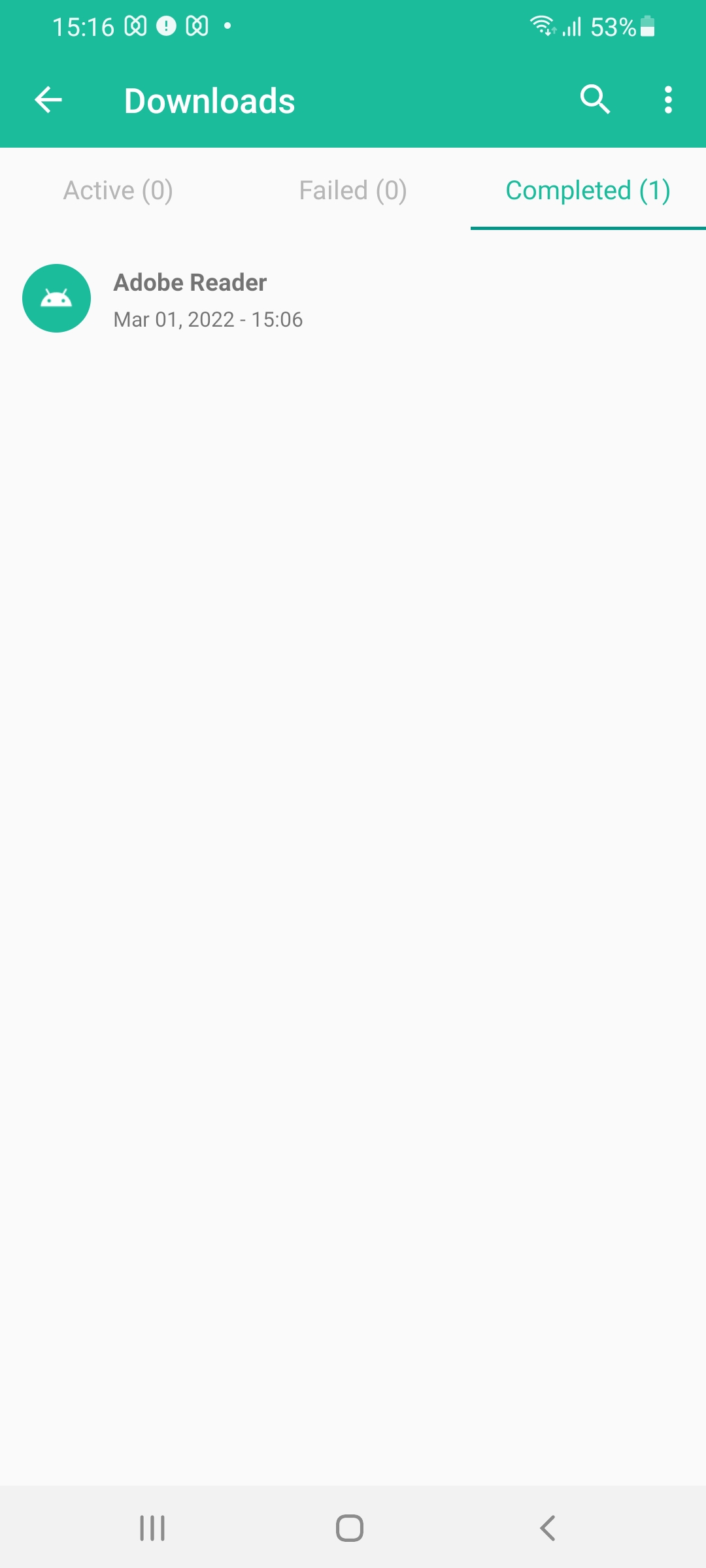Category filter
Distribute Enterprise Apps to Android Enterprise Enabled Devices
Enterprise apps are private apps developed by an organization to serve a specific purpose within the organization. Since they are designed to be used internally within an organization, such apps are not hosted on Google Play. With Hexnode UEM, enterprise apps can be easily deployed on Android Enterprise enabled devices.
The first step is to add the enterprise app to the Hexnode app inventory.
Add Enterprise Apps to App Inventory
The following instructions outline how to add an enterprise app to the app inventory.
- Log in to your Hexnode portal and navigate to the Apps tab.
- Click on +Add Apps and select Enterprise App from the dropdown list.
- Input the following information:
- Platform: Choose the platform as Android.
- App Name: Provide a suitable name for your app.
- You can upload the enterprise app in two ways.
- APK File: Upload the APK file from your system.
- From Manifest Path: Provide the URL of the location where the app resides.
- Category: Select the category from the dropdown list. Click on + and type in the category name if you want to add a new category to the list.
- Description: Give a suitable description for your app.
- Check the option Notify admin via mail once app upload succeeds/fails to notify the admin about the app upload status.
- Click Add.
Hexnode uses the SHA-256 checksum to ensure that the apps are not corrupted while uploading them to the portal and deploying them to devices.
Now, distribute the enterprise apps to devices.
Distribute Enterprise Apps to Android Enterprise Devices
Enterprise apps can be distributed to devices in several ways.
Push Apps via Actions
This method is an instantaneous deployment process that can be achieved by performing the below steps:
- Navigate to Manage > Devices and select the Android devices to which the app is to be distributed.
- Click on Actions > Install Application.
- Select the required application.
- Click on Done.
Push Apps via Policies
Set as Mandatory Apps
Defining apps as mandatory enables the admin to ensure that all the essential apps are compulsorily installed on devices without user intervention. Here’s how you can set apps as mandatory.
- Navigate to Policies and select a New Policy.
- Give a suitable name and description for your policy.
- Navigate to Advanced Restrictions under Android. Enable the option ‘Allow app installation from unknown sources‘.
- Click on Mandatory Apps from Android > App Management.
- Click on +Add > Add App to select the app you wish to install from Local Apps.
- Click Done.
- Similarly, you can also configure app groups as mandatory. Click on +Add > Add Group to select the app groups you wish to set as mandatory and click Done.
- Additionally, users can configure app settings for the mandatory apps to be installed on the device:
- Uninstall mandatory apps from the device when the policy is disassociated by enabling the option Remove apps from the device on policy removal.
- Enabling the option Enforce app downgrade will silently downgrade apps on Samsung Knox devices.
- Enable the option Updates apps only over Wi-Fi to allow app updates only over the Wi-Fi network.
- Next, associate the policy with the target devices by navigating to Policy Targets and select the required Devices/Device Groups/Users/User Groups/Domains to which the policy is to be associated.
- Hit Save.
The apps will be installed on the selected Devices/Device Groups/Users/User Groups/Domains.
Also, the Downloads tab in the Hexnode UEM/Hexnode for Work app helps users keep track of the download status of the enterprise apps (APK files) pushed from the Hexnode portal. As the download progresses, the Downloads tab displays the distributed files in either of the following sub-sections: Active, Failed, and Completed.
- Active: Displays ongoing downloads.
- Failed: Displays the files that failed to download.
- Completed: Lists all of the successfully downloaded files.
You can use the search option at the top of the Downloads tab to search any specific file. You can tap the ellipsis icon at the top right corner and click the Refresh button from the drop-down to refresh the download entries of the files pushed from the Hexnode portal. There is also a “Clear All” option to remove all the download entries. It will only remove the download entries from the Downloads tab, whereas the downloaded files will remain on the device.




